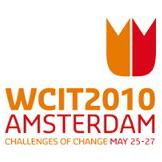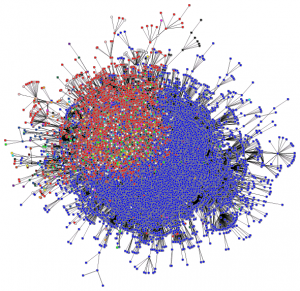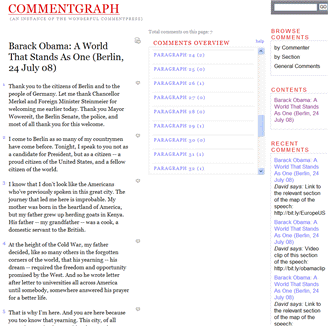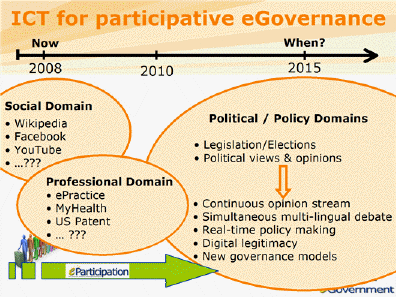A guest post from the ever inspiring Joe Mitchell – cross-posted from Joe’s blog…
“The post-2015 development agenda debate is generating a lot of words on what should follow the popular Millennium Development Goals (or MDGs) come 2015, which is the point at which they were supposed to have been met. There are hundreds of international meetings going on, as well as global and national consultations, plenty of think-tank reports, op-eds and news coverage.
But for someone who’s interested in the discussion – and how decisions are being taken – it’s hard to keep up with what’s going on. So, inspired by an earlier effort by Jan Goossenaerts, I’ve started a new graph of the debate. It tries to bring disparate strands of the debate together in one place.
This is just a start. There is a vast amount of information missing. I’ve mainly based it so far on stories from my twitter timeline – there are many more voices out there, particularly in developing countries.
I have so far only mentioned a few specific goal suggestions – those made in Save the Children’s recent report. There must be more to add. And although it does seem like there will be a new set of goals (perhaps up to 2030), there is still room for a debate as to whether goals are the right tactic for improving global outcomes, or whether there are other ways of approaching the agenda.
There is also much to be discussed in terms of delivery and accountability. If the world isn’t going to meet the Millennium Development Goals by 2015, what’s to say any new goals will be met?
So join in. Anyone can edit the graph above. DebateGraph is a fantastic tool, which allows many layers of debate, critique and argumentation. Give it a go: sign up, navigate back to the post2015 map and start adding material, links, or refining what’s already there.”


![Reblog this post [with Zemanta]](https://img.zemanta.com/reblog_e.png?x-id=164da2cd-fa32-4b76-9061-418549788280)




